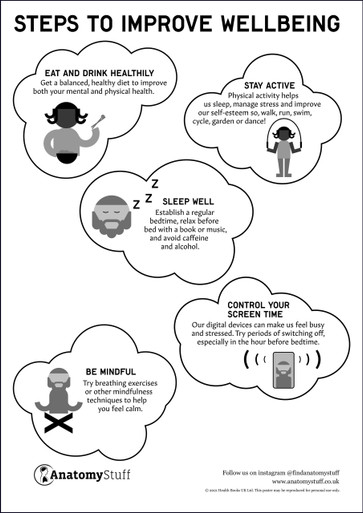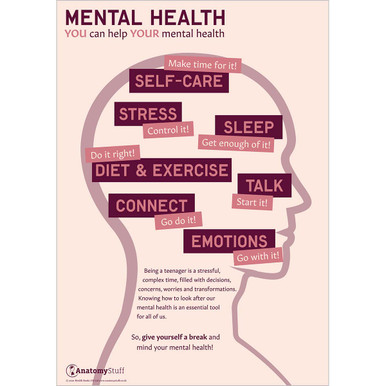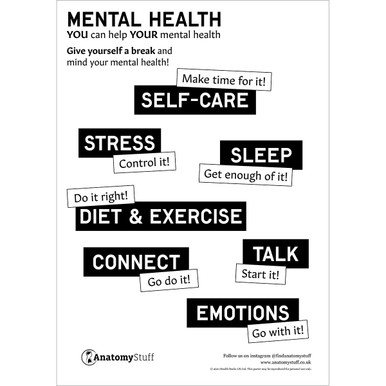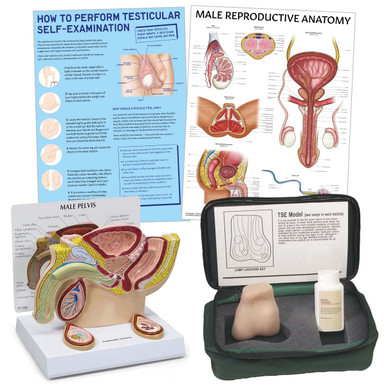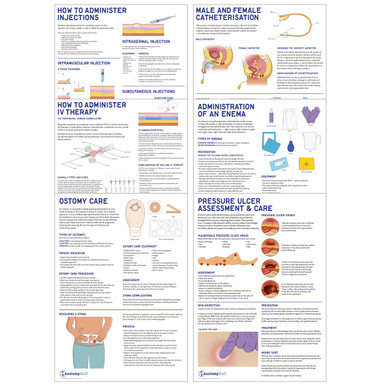Written by: Zak Shah, 3rd Year Medical Student, UCL.
Breaking Bad News
One of the hardest parts of medicine is breaking bad news to a patient and their family. Although each situation is different, and the best way to learn this skill is usually through experience and watching others, there are various frameworks that you can bear in mind to help you deliver bad news in a kind, empathetic and respectful way. Here are some methods you could use to break bad news.
In general, your tone of voice will be very important. Speak in a gentle and caring tone, and although you may be anxious and want to get the bad news over with, be careful not to speak too fast, which may overwhelm the patient. Avoid making assumptions about what the patient may want or their values when breaking bad news to them, as this may lead to you offending the patient. Try to break the bad news in a private space with family members present if the patient would like this.
More specific methods are below:
1) SPIKE
The SPIKE model is a checklist that was developed for oncology settings but is applicable to breaking bad news in general. You can use the SPIKE model to run through when breaking bad news.
S – setting up to tell the patient bad news.
• Go through breaking the bad news in your mind.
• What difficult questions do you anticipate? How will you answer these?
• How can we arrange the setting so that there is privacy and that the family can be involved?
• Ask the patient if they are comfortable with you holding their hand.
• Have you made sure there will be no distractions when you are giving bad news? For example, your pager could be set to silent beforehand.
P – perception
• What does the patient know about their condition?
• Is the patient in denial about their condition?
I – Invitation
• Ask for the patient’s invitation to tell them more information about their condition.
“I have some bad news that I would like to share with you. Would you like to know further details about this bad news? It’s ok if you don’t want to know all the specific details right away.”
• The patient may decline to know more details at this stage, and that is ok.
• The patient may be open to asking you questions later on after thinking about it for a bit.
K – Knowledge
• This stage is where you break the bad news.
• Avoid using medical jargon and try to explain the information as simply as possible.
• Try to explain the information gently, for example, using the paper boat analogy (see below).
• Break down information into smaller chunks rather than overloading the patient with a lot of information.
E – Empathetic responses
• By listening to the responses of the patient, you can respond in turn with empathy and let them know that you understand some of their emotions.
Free Download PDFs
View All2) Paper boat analogy
Dr Patricia Cantley from Midlothian Hospital has a technique called the paper boat analogy, which is an excellent approach to delivering bad news and discussing different options patients have. Instead of using complex medical words (which may confuse the patient and their family and may fail to convey the gravity of the situation or do so in a way that lacks empathy) or words that patients and their families may find unpleasant like ‘frailty’ and ‘death’, the patient’s scenario is empathetically presented to them in the form of an analogy. This way, the reality is conveyed, but it is presented in a way that is caring and easier to understand.
An example of describing the analogy to the patient’s family is as follows:
• There is a beautiful brightly painted paper boat that is currently on a sunny lake
• The boat is not like a larger wooden boat, so if the wind suddenly changes or the waves become choppier, the boat could start to sink more easily
• If the paper boat started to sink quickly, there would be little one could do to rescue it
• But the boat may continue sailing for a while if conditions are good
• Then more medical information can be brought into the analogy – for example – what options would there be if that boat started to sink or what would help keep the boat afloat?
The analogy of the paper boat works because it is an approach that is gentle but realistic and allows the patient and their family to easily picture in their minds what the situation is.
3) The REMAP framework
The REMAP framework is similar to the SPIKE methodology, but it can be useful to have another model to have in mind with such a difficult topic.
The REMAP model is proposed in a paper on lymphomas by Dr Oreofe O. Odejide from Boston and focuses more on aligning your values and attitudes with the patient’s, allowing bad news to be communicated in a more empathetic way.
Reframe
• Reframing the patient’s understanding of their condition
• Letting them know how this bad news will affect the big picture
• Reframe any misconceptions the patient may have about how their goals of their care will likely have to change.
Expect Emotion
• Map out Patient Values
• Ask the patient what matters most to them, their goals, and what trade-offs they may be willing to make.
Align yourself with these values
• Let your patients know that you understand these priorities and their values and that the next step, proposing a plan, will try and factor in these values.
Propose a plan
• Based on the patient’s values, propose a plan of action to help them go forward.
Related Products
View All








